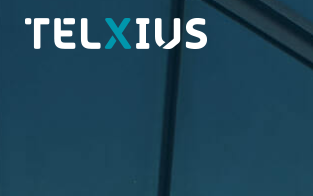Juniper Networks is expanding its Secure Access Service Edge (SASE) architecture with the addition of Juniper Secure Edge, a Firewall-as-a-Service (FWaaS) managed by its Security Director Cloud.
Key benefits of Juniper Secure Edge:
Unified policy management from a single UI for all security use cases. Create policies once and apply them anywhere and everywhere with unified policy management, including user- and application-based access, IPS, anti-malware and secure web access within a single policy.
Secure user access from anywhere. Secure Edge supports the remote workforce whether employees are in the office, at home or on the road with secure user access to the applications and resources needed to do their job effectively. Security policies follow the user wherever they go, protecting the user, device and applications without having to copy over or recreate rule sets.
Dynamic Zero Trust segmentation. Maintain the security of data around identity- and risk-driven policies. Secure Edge delivers consistent security policy framework with policies that automatically adapt based on new risk and attack vectors and follow the user wherever they go, providing automated access controls to employees and third-party contractors through granular policy control.
Investment protection. Juniper customers can use the physical, virtual, containerized – and now cloud-delivered – SRX firewall, completely managed by Security Director Cloud with a single-policy framework, allowing for full visibility and consistent security across both the edge and the data center from one UI.
Integration with any identity provider. Secure Edge allows customers to use the identity provider that works for them by integrating with leading identity providers, such as Azure AD, Okta and others, through SAML 2.0 support.
Validated security effectiveness. Juniper provides cyberattack protection that has been validated by objective, third-party testing to be highly effective against client- and server-side exploits, malware and C2 traffic, regardless of where the users and applications are located. This includes achieving the highest security efficacy rating at 99.5% from CyberRatings.org compared to leading security vendors for Enterprise Firewall, and 100% effectiveness with zero false positives in ICSA Labs’ Advanced Threat Defense test in Q4 of 2021. Secure Edge delivers policies from the cloud, as a service, empowered with these proven threat prevention technologies, ensuring consistent security enforcement.
“We’re excited to take the next big leap in the SASE market with Juniper Secure Edge,” said Samantha Madrid, VP of Security Business & Strategy, Juniper Networks. “First, we empowered our customers to manage security anywhere, all within a single UI with Security Director Cloud. Now, with the introduction of Juniper Secure Edge, Juniper is enabling its customers to seamlessly secure remote workforces with consistent security policies that follow users wherever they go, all while leveraging existing investments as they transition to a cloud-delivered architecture. Secure Edge makes it easy for customers to deploy effective threat protection without breaking visibility.”
https://www.juniper.net/us/en/security.html




















